International river conservationist Mark Angelo stands above a river heavily polluted by a clothing manufacturer.
By Cassandra West
No matter where you go in the world, you’ll see people wearing jeans.
The global denim industry is multi-billion-dollar one, employing a massive low-wage workforce, selling its products under a handful of well-recognized brands. And it is destroying vital waterways. The pollution spewed by the production of jeans is what the narrator in “RiverBlue” calls the “dark side of the fashion industry.”
Filmmaker Roger Williams
Rivers around the world, especially in China, Bangladesh, India and Indonesia, can no longer sustain life because of our demand for cheap jeans.
Roger Williams, a veteran Canadian filmmaker, documents through vivid and disturbing imagery that dark side in “RiverBlue,” which will be screened Wed., Feb. 20 at Loyola University, the first One Earth Film Festival event in the prelude to the official start on March 1. A live video Q&A with Williams will follow this screening.
“River Blue,” which is having its Chicago-area premiere, also will screen three more times during the festival, which runs till March 10.
The film opens with an environmental activist saying, “We are committing hydrocide. We are deliberately murdering our rivers.” It then follows international river conservationist Mark Angelo as he spans the globe to infiltrate one of the world’s most pollutive industries, fashion.
Williams, who is the film’s executive producer and director and also cinematographer, took his camera to some the most wretched and despoiled areas of the global clothing manufacturing industry—China, Bangladesh, India and Indonesia. Working conditions are atrocious. Poverty is rampant. People are exposed to carcinogenic toxins. And the filth-filled rivers run blue with dye.
As someone who is passionate about boating on the waters off the coast of British Columbia, where he lives, Williams decided several years ago that he wanted to do an environmental film.
“The consumer has a lot of power and should be asking how is their clothing made. Consumers should become more vocal. —Filmmaker Roger Williams
”
“I had never done one and I wanted to do one on water,” he said in a phone interview. “When I was going through my research and looking at different problems and solutions — because I wanted to have solutions in there as well — we came across a satellite photo from China, and it had this blue-black stain coming out of a river. On further investigation and research, we found out it had to do with the denim industry. I said, ‘hang on, there’s a story, because jeans are iconic.’
“Almost everyone has some,” he continued. “I’m wearing some today. As I looked around, I [realized] nothing had really been reported. The only thing that has been reported on any of this [was about] Bangladesh, where the factory collapsed and a few little news stories [done about it] but nothing investigative looking into the fashion industry and what it’s been doing.”
That’s when Williams decided he needed to speak up for the rivers. “Rivers don’t have a voice, so let’s give them a voice through this film,” he said.
To give voice to the polluted rivers, Williams traveled to 11 countries “to get the story.” He and his crew spent three years interviewing and collecting footage. Postproduction took one year. “RiverBlue” was released in 2017. It has since won a Best Documentary award at the Raindance Film Festival in the United Kingdom.
“The film ended up being exactly what I wanted,” Williams said. “The story I thought I was going to tell is really about the fashion industry and what it’s doing to the waterways of the world.”
To finance the film, Williams was able to secure funds from several philanthropists that he knew in Vancouver. He told them “we want to be an agent for change in the fashion industry, to see if we can help change the industry.”
Since the release of “RiverBlue,” the fashion industry has taken notice and expressed interest in the film, he said. “Half the fashion industry doesn’t like me and would like to see this film go away. The other half has been absolutely welcoming.”
Williams was invited to speak in front of 250 designers for such industry big names as Calvin Klein and Tommy Hilfiger in Amsterdam. “They’re very committed to changing their whole supply chain. Their president got up in front of a crowd at his private screening and said, ‘We are going to try and be chemical free by 2020.’ ”
“We’ve had a lot of influence within the fashion industry already,” said Williams, proud that his film is leading to change.
The public reception for the film has been interesting and exciting so far, too, he said.
Now people in the Chicago area will have a chance to see it. And perhaps begin to look that those jeans we wear in a totally different light.
“The consumer has a lot of power and should be asking how is their clothing made,” Williams said. “Consumers should become more vocal. When the film is seen, one of the first questions afterward, in any audience is, ‘now that I’ve seen this, I can’t unsee it, what do I need to do?’ ”
To help audiences take action, the filmmaker and his team created a sister website, Fashion Heroes that lists companies that are doing much better work in the clothing environment.
“When we started the film, if I went to Google and searched for sustainable fashion, there would basically be a blank white page. Now when you type in sustainable fashion, it’s unbelievable how much stuff is being made, typically from small manufacturers, but the fact is the big [manufacturers] are looking at that and the trends. They know that they have to change.”
Get tickets here.


